 Charter Communications’ takeover of Time Warner Cable and Bright House Networks has not proved popular, according to a new survey from Temkin Group.
Charter Communications’ takeover of Time Warner Cable and Bright House Networks has not proved popular, according to a new survey from Temkin Group.
The cable operator received rock bottom scores among customers frustrated about how Charter handles its acquired customers, especially those facing a transition to Spectrum plans and pricing. Customers have filled the company’s own forums with complaints about rate increases for newly required equipment or cable television plan changes that force customers to upgrade to win back channels deleted from their long-standing Time Warner Cable or Bright House lineups.
Customer dissatisfaction about the changes was picked up in Temkin Group’s 2018 Temkin Experience Ratings, U.S., published in March.
Just 35% of Charter/Spectrum customers were emotionally satisfied after interacting with Spectrum, the third worst performing company among the 318 surveyed across 20 different industries. Spectrum saw a ratings drop of 8.2% from 2017-2018, the worst performance decline among all TV and internet service providers, according to Temkin’s survey.
Spectrum also scored just 57% on the “effort” metric, which measures how difficult it was to interact with the company to resolve a problem. Only 51% reported satisfaction with the ability of Spectrum to resolve their concern or problem, putting Spectrum on Temkin’s “Bottom 50 Organizations” — 312th best performer out of 318 companies. (Comcast, Cox, and Altice-Optimum actually performed slightly worse.)
Temken explains the root cause for perennially poor ratings of cable and phone companies: they often have a monopoly.
“There are some industries that have habitually poor customer experience,” Temken explains. “In many of the cases, these problem stems from some form of monopolistic power. TV service providers and internet service providers have carved out regions and have limited competition.”
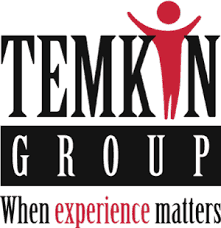 This marks the eighth year Temkin has published its Temkin Experience Ratings, generated from compiling the results of a survey of 10,000 U.S. consumers about their recent interactions with 318 significant U.S. companies. Temkin measures three dimensions of a customer’s experience:
This marks the eighth year Temkin has published its Temkin Experience Ratings, generated from compiling the results of a survey of 10,000 U.S. consumers about their recent interactions with 318 significant U.S. companies. Temkin measures three dimensions of a customer’s experience:
- Success: To what degree were customers able to accomplish what they wanted to do after a recent interaction with a company.
- Effort: How easy was it to interact with the company.
- Emotion: How did the customer feel about those interactions.
The TV/internet service category has stood out in recent years for consistently delivering rock bottom ratings — the worst of Temkin’s surveyed industries. Only health insurance companies come close to the dismal ratings phone and cable companies deliver year after year.
Much of the decline in Spectrum’s rating is attributed to an increase in the negative emotions customers experienced after interacting with the company. In the last year, the company has adopted a much firmer position on pricing and packages that customers criticize as “take it or leave it pricing.” Spectrum also recently scaled up digital television conversion in many legacy Time Warner Cable markets, with many customers paying for new set-top boxes to continue receiving cable television service on all televisions in the home. The company has also frustrated early and enthusiastic adopters of broadband speed upgrades with compulsory upgrade fees as high as $199.
Based on Temkin’s four customer experience core competencies, it seems like Charter is mired at the first stage of what Temkin calls ‘Customer Experience Maturity’:
Stage One — Ignore: Organization does not focus on customer experience management and does not view customer experience as a core part of its value proposition.
The best performers in Temken’s annual study were supermarkets, which took five of the top 11 spots. The top-rated company in the 2018 study was Wegmans, a privately held supermarket chain operating in the northeastern U.S. Other top scorers included H-E-B, Publix, Aldi, Wawa, Citizens Bank, USAA, Subway, and Ace Hardware.
 AT&T admitted this week it was not excited about delivering residential broadband over 5G wireless networks, calling arguments for wireless 5G in-home broadband “a very tricky business case.”
AT&T admitted this week it was not excited about delivering residential broadband over 5G wireless networks, calling arguments for wireless 5G in-home broadband “a very tricky business case.”

 Subscribe
Subscribe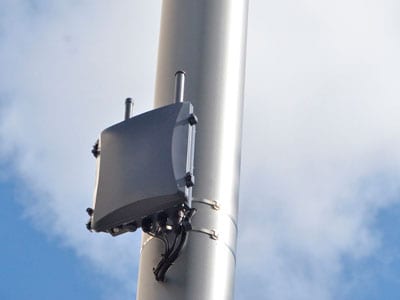
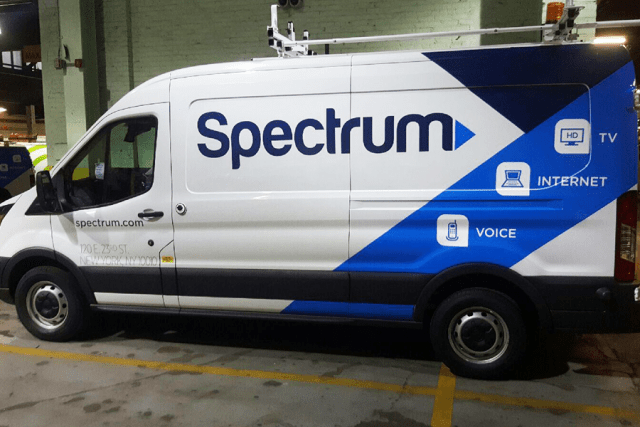 Charter Communications today launched gigabit broadband upgrades across dozens of U.S. cities, including almost all of upstate New York (excluding Buffalo) and large parts of Texas, Ohio, California, and Virginia.
Charter Communications today launched gigabit broadband upgrades across dozens of U.S. cities, including almost all of upstate New York (excluding Buffalo) and large parts of Texas, Ohio, California, and Virginia.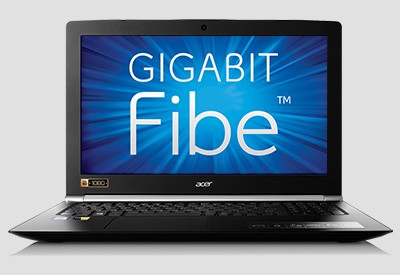 Bell today
Bell today 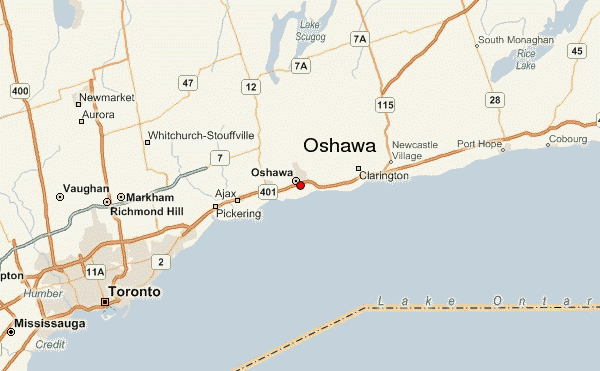 Bell’s network is currently capable of delivering up to 40 Gbps broadband speed, and is infinitely upgradable to even faster speeds in the future. Residents will be able to subscribe to the new service beginning this fall. New customers will pay $79.95 a month for gigabit speeds for the first year, $149.95 a month after that. A $59.95 installation fee also applies.
Bell’s network is currently capable of delivering up to 40 Gbps broadband speed, and is infinitely upgradable to even faster speeds in the future. Residents will be able to subscribe to the new service beginning this fall. New customers will pay $79.95 a month for gigabit speeds for the first year, $149.95 a month after that. A $59.95 installation fee also applies. Charter Communications’ takeover of Time Warner Cable and Bright House Networks has not proved popular, according to a new survey from Temkin Group.
Charter Communications’ takeover of Time Warner Cable and Bright House Networks has not proved popular, according to a new survey from Temkin Group. This marks the eighth year Temkin has published its Temkin Experience Ratings, generated from compiling the results of a survey of 10,000 U.S. consumers about their recent interactions with 318 significant U.S. companies. Temkin measures three dimensions of a customer’s experience:
This marks the eighth year Temkin has published its Temkin Experience Ratings, generated from compiling the results of a survey of 10,000 U.S. consumers about their recent interactions with 318 significant U.S. companies. Temkin measures three dimensions of a customer’s experience: